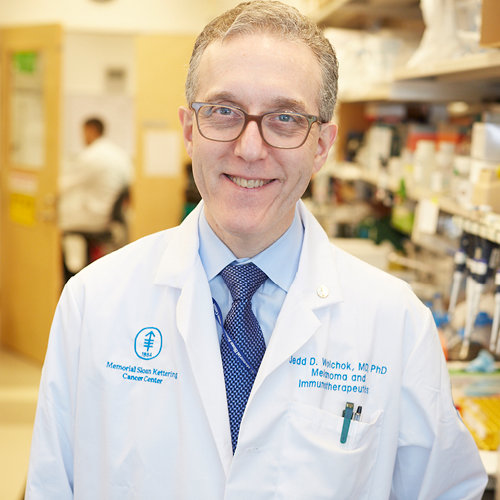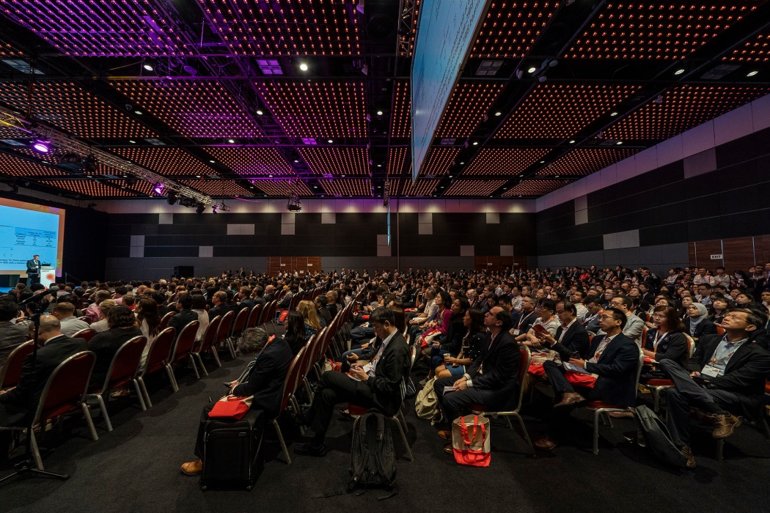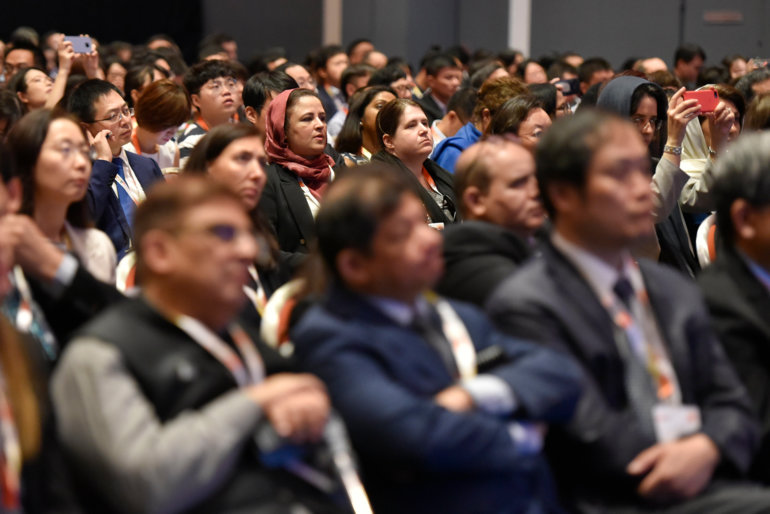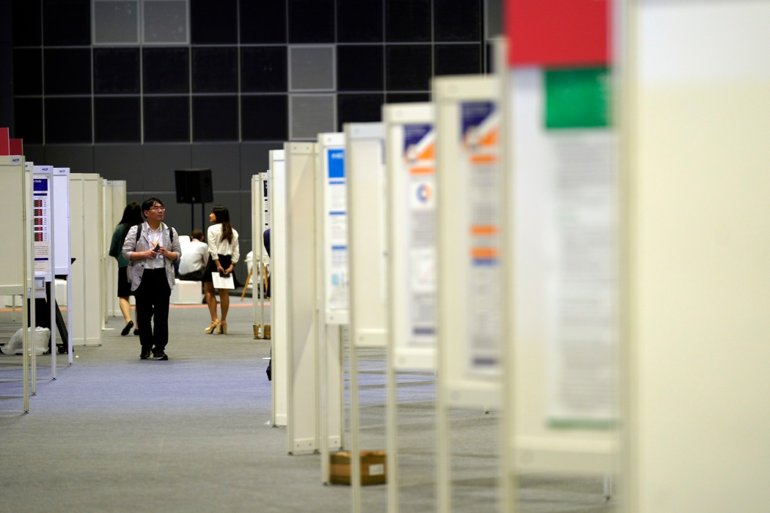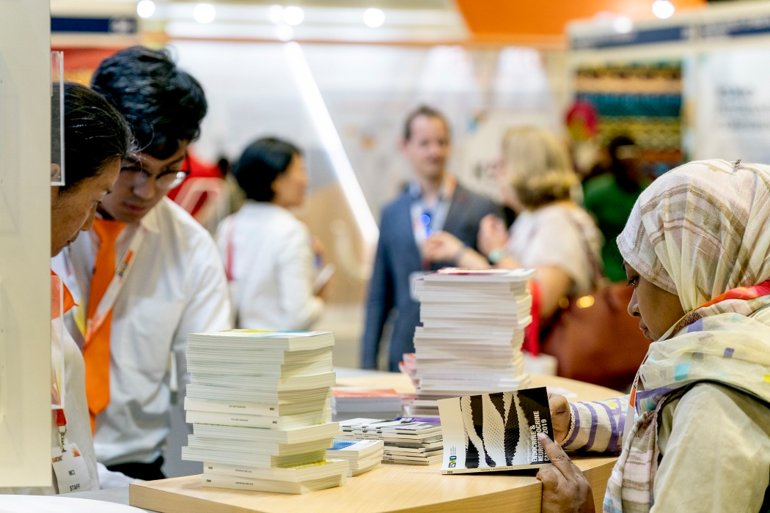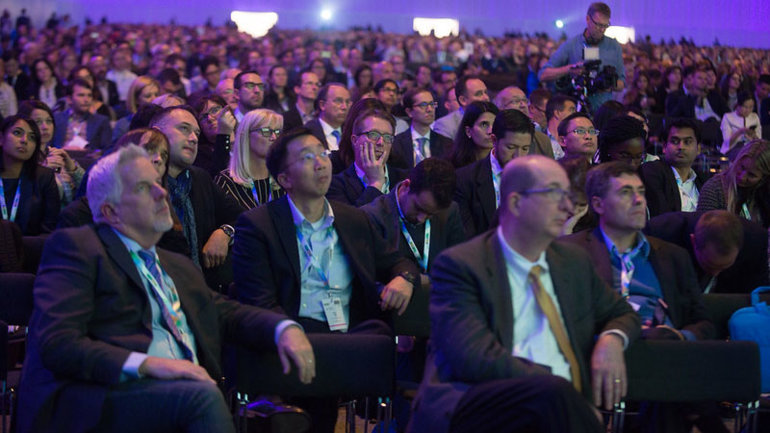
Survival benefits of pembrolizumab plus chemotherapy are confirmed in East-Asian patients with advanced NSCLC
Immunotherapy plus chemotherapy as first-line treatment choice for advanced disease without oncogene mutations, irrespective of ethnicity and PD-L1 status


